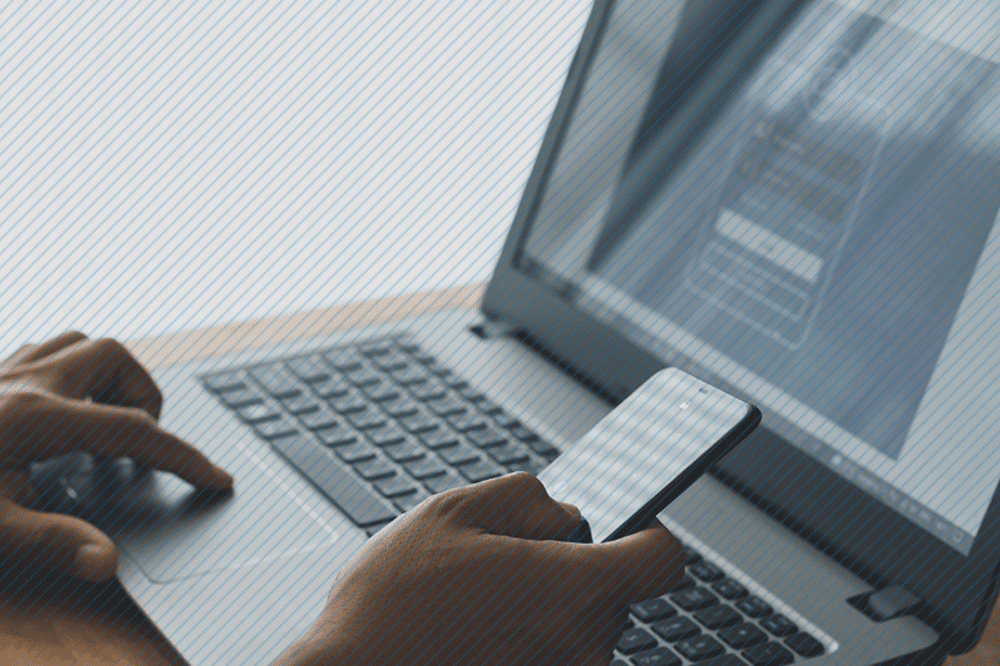Multifactor authentication (MFA) is a security technology that requires multiple methods of authentication from distinct categories of credentials to verify a user’s identity. It is a crucial component of a robust multilayered cybersecurity posture to help mitigate the risk of a cyberattack.
It is also considered a best practice for organizations of all sizes and across all sectors to meet compliance standards—especially in highly-regulated sectors like financial services and life sciences.
[ez-toc]
 Multifactor Authentication Explained
Multifactor Authentication Explained
The multifactor authentication method should be familiar to all readers at this point. Companies from Apple and Google to Facebook and Amazon utilize (or require) multifactor authentication to reduce risk. Many more will follow in their footsteps as the threat landscape intensifies from cyberattacks and data breaches and as more regulatory agencies require the process.
When MFA is implemented, systems require users to present a combination of two or more qualifications to verify their identity for login. The first authentication consists of a password, which is all that’s required with single-factor authentication. The second verification can vary but often involves asking for a code sent via text or email to a device or account that has previously been verified.
MFA increases security because even if one credential becomes compromised, unauthorized users will not be able to meet the second authentication requirement and will not be able to access the device, network, or database. MFA prevents the unauthorized access of data—including personally identifiable information, intellectual property, and financial assets—by a third party who may have discovered a single password through illegal channels or via a phishing attack.
Multifactor authentication is an element of identity and access management, which consists of policies and practices designed to manage access to enterprise resources and keep systems and data secure. Additionally, Privileged Access Management (PAM) is a subset of IAM that allows for an even more granular distinction between users and access to more sensitive data.
Two-Factor vs. Multifactor vs. Adaptive
- Two-Factor Authentication (2FA) is the simplest and most common form of multifactor authentication. With 2FA, users must supply two distinct proofs of identity for access. In nearly every case, two-factor authentication is a massive improvement over single-factor.
- On the other hand, 2FA might not be flexible or robust enough for certain situations and specific industries. With MFA, more than two factors are required for authentication, enabling more variables and security. To elaborate, MFA can grant degrees of access across a broad spectrum of possibilities depending on various data points and multiple factors obtained from the login.
- Adaptive Authentication is yet another certification tool that uses contextual information and business rules to determine which authentication factors to apply to a particular user, at a certain time, and in a specific situation. It combines user authentication with AI and is an effective tool for balancing security requirements and the user experience. Adaptive MFA also makes access decisions based on data, such as: consecutive login failures, geo-location, geo-velocity (or the physical distance between consecutive login attempts), device type, time of day, and 3rd party intelligence data.
MFA and Multilayered Cybersecurity
While MFA can help strengthen your security, it is still best employed as part of a multilayered cybersecurity program based on a defense-in-depth strategy. Defense-in-depth is a cybersecurity model that employs continuous multilayered security for real-time, holistic protection. The reality of today’s cyber threats is that no one cybersecurity practice is enough to protect on its own. Instead, overlapping layers of cybersecurity protections are recommended. A layered defense helps security organizations reduce vulnerabilities, contain threats, and mitigate risk.
It is also important to note that it is still critical to practice good cyber hygiene, even with MFA. Organizations should set password management policies and educate end-users about best practices. Such policies should include requirements for unique passwords and review the frequency of password rotation, among others.
Related Content → Evaluate your cybersecurity posture with our Cybersecurity Checklist.
What is Right for Your Organization?
The answer to this question depends on the specific needs of your business. However, in general, as the threats faced by organizations have become more sophisticated, it has become clear that single-factor authentication is no longer enough to protect data and systems.
Organizations must implement additional layers of security, and MFA is an essential part of that process. Therefore, when selecting an MFA solution, it is important to consider your firm’s needs and choose a solution that will be easy to use and manage by both your IT team and your end-users.
Reach out to our security experts for help in determining which is the right solution for your business and security needs. We can help you assess your risk exposure, determine any compliance requirements for your sector, and evaluate the ease of deployment and implementation necessary, along with other factors.
 About Chris
About Chris
As Chief Technology Officer at Coretelligent, Chris Messer is a transformational and strategic IT leader who establishes and leads Coretelligent’s technical vision and technological development. Click here to learn more about Chris.


